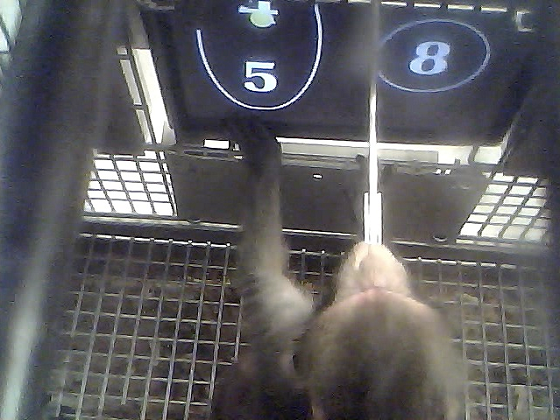Monkeys Can Do Maths
Harvard and Yale researchers have confirmed that monkeys can be trained to perform basic mathematics in a new study, proving what scientists have long believed about primate mental capabilities.
The study, entitled “Symbol addition by monkeys provides evidence for normalised quantity coding” has been published in the Proceedings of the National Academy of Sciences (PNAS) journal.
Scientists from Harvard Medical School and Yale University School of Medicine, headed by neurobiologist Margaret S. Livingstone, trained three monkeys from the rhesus macaque species to associate the numerals from zero to 25 with the same number in liquid “reward” drops that increased in magnitude as the numbers went up.
The monkeys were able to add the symbolically represented award magnitudes, and even when the scientists taught them a completely different scale of symbols to represent zero to 25, in order to rule out the fact that the monkeys might be memorising the symbols, the monkeys were still able to add pairs of large numbers together.
The scientists were trying to prove Weber’s law, which states that people are able to estimate the difference in amounts of items, weight or even sound.
Weber’s law is explained by using a scale of sensory responses in relation to an increase in magnitude of a stimulus, for example, if there is more noise in a room, a person will raise their voice to be heard.
Studies have previously been carried out on mice, rats and pigeons to see whether they can estimate the time remaining, or the number of pecks remaining of food, and the animals were able to respond correctly.
The new study on the monkeys has been conducted in order to make sure that the animals are not just memorising the correct response to each situation.
The monkeys were given a touch screen mounted in a training cage where they had to choose combinations of numbers. By touching either side of the screen, the monkeys would be rewarded by liquid reward drops from a tube in front of the screen.
For example, the monkeys were able to figure out that the combination of 4 + 5 would be greater than 8 liquid drops of reward, and that on average, all three monkeys were able to answer the questions correctly over 50% of the time, which is “well above chance”, according to the study.


